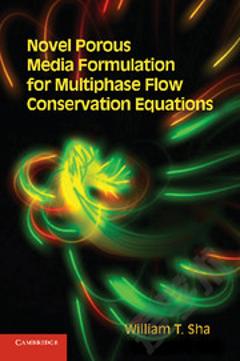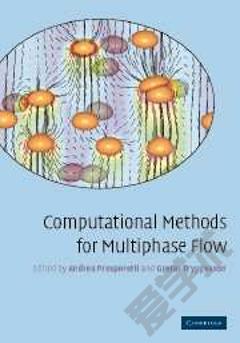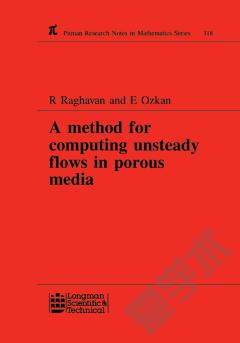Novel Porous Media Formulation for Multiphase Flow Conservation Equations
Abstract Multiphase flows consist of interacting phases that are dispersed randomly in space and in time. An additional complication arises from the fact that the flow region of interest often contains irregularly shaped structures. While, in principle, the intraphase conservation equations for mass, momentum, and energy, and their initial and boundary conditions can be written, the cost of detailed fluid flow and heat transfer analysis with explicit treatment of these internal structures with complex geometry and irregular shape often is prohibitive, if not impossible. In most engineering applications, all that is required is to capture the essential features of the system and to express the flow and temperature field in terms of local volume-averaged quantities while sacrificing some of the details. The present study is an attempt to achieve this goal by applying time averaging after local volume averaging. Local volume averaging of conservation equations of mass, momentum, and energy for a multiphase system yields equations in terms of local volume-averaged products of density, velocity, energy, stresses, and field forces, together with interface transfer integrals. These averaging relations are subject to the following length scale restrictions: d ⪠l ⪠L , where d is a characteristic length of the pores or dispersed phases, l a characteristic length of the averaging volume, and L is a characteristic length of the physical system. Solutions of local volume-averaged conservation equations call for expressing these local volume-averaged products in terms of products of averages. In nonturbulent flows, this can be achieved by expressing the âpointâ variable as the sum of its intrinsic volume average and a spatial deviation. In turbulent flows, the same can be achieved via subsequent time averaging over a duration T such that Ï HF ⪠T âª Ï LF , where ÏHF is a characteristic time of high-frequency fluctuation and ÏLF is a characteristic time of low-frequency fluctuation. In this case, and instantaneous âpointâ variable Ïk of phase k is decomposed into a low-frequency component ÏkLF and a high-frequency component Ï â² k , similar to Reynolds analysis of turbulent flow. The low-frequency component consists of the sum of the local intrinsic volume average 3iãÏkãLF and its local spatial deviation Ï Ë kLF . Time averaging then reduces the volume-averaged products to products of averages plus terms representing eddy and dispersive diffusivities of mass, Reynolds and dispersive stresses, and eddy and dispersive conductivities of heat, etc. These terms arise from both high-frequency fluctuations and local spatial deviations. This procedure of time averaging after local volume averaging leads to a set of differentialâintegral equations of conservation for multiphase flow. This set of multiphase flow conservation equations is particularly suitable for numerical analysis with staggered grid computational systems. Attention is focused on multiphase flow in a region containing fixed and dispersed heat-generating and absorbing solid structures. The novel porous media formulation employs the concept of volume porosity, directional surface porosities, distributed resistance and distributed heat source and sink which is derived through local volume averaging of conservation of mass, momentum and energy equations. The directional surface porosities are defined as a fraction of free flow surface area to control surface area in three principal directions which are readily calculable quantities. The conventional porous media formulation employs the concept of volume porosity, distributed resistance and distributed heat source and sink. Most of engineering problems involve many complex shapes and sizes of structures which are impossible to quantify their distributed resistance accurately. The concept of directional surface porosities reduced the reliance of empirical estimate of distributed resistance and improved the resolution and modeling accuracy. The novel porous media formulation represents a significant advance for solving real engineering problems.
{{comment.content}}








 京公网安备 11010802027623号
京公网安备 11010802027623号